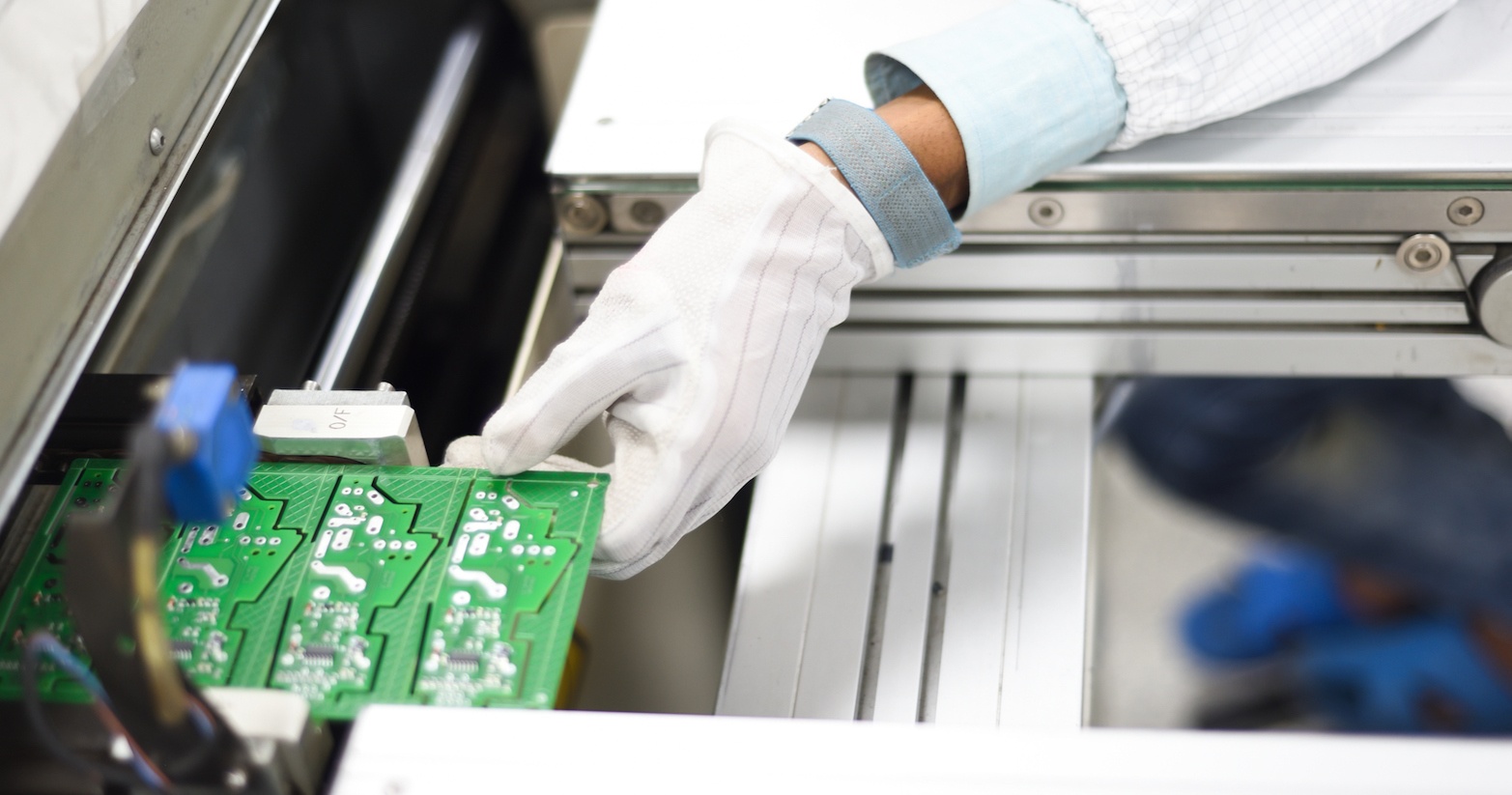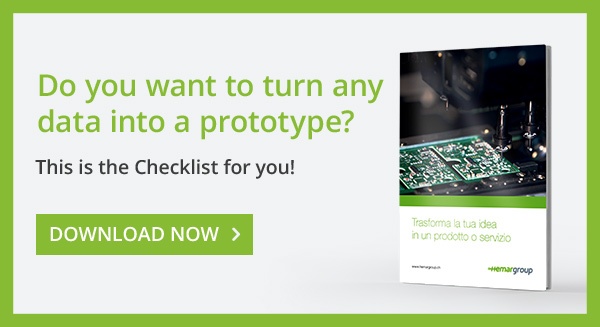
Project management is better when it's visual! To create a good product and measure its success, it is essential to be able to work well with designers. Even if you have already founded your startup, you likely still have no idea how to choose a designer, nor have you probably ever had to deal with an agency or a consulting firm.
Yet this is the crucial part of your project, not just because the designer (or even designers!) you hire must be superb, but also because you’ll realize it’s an investment that will have a major impact on your fundraising.
So, you need to give it your utmost attention, without losing your enthusiasm. Let's get started!
How to bring an idea to life and develop a product in a week
The first major step to get from the idea to the product is creating a realistic prototype. So, you've defined your business idea and set out a plan to make it happen, but you may not know where to start to make a product that works and is fun to use at the same time. Assuming you have defined the why behind what you want to do, it's time to move on to the WHAT and the HOW.
Despite having a limited budget (as is nearly always the case!), the first aspect to focus your efforts on is actually hiring a capable designer to create an exceptional prototype. There is a way to measure the validity of the work: Sprint, Google Venture's method for testing business ideas in just 5 days. It is a very valuable free resource because it enables you to get feedback from target users and gives you an idea of how strong (or weak, as the case may be) the demand for the product you intend to launch is.
Can a week's work possibly be enough to test your prototype?
Why not longer? Because it's exactly the amount of time you need. Taking more time is tantamount to wasting it, trying to achieve a level of perfection that is simply not possible. Having an idea to turn into a product does not mean creating a prototype that's as amazing as possible, but minimizing risks and putting something on the market that people want... today.
Here are some details to consider to test your prototype effectively:
- Make sure you have a group of people you can keep on standby. 15 potential users you can consult if necessary are enough. You may need to turn to an agency or consultancy firm or you might be able to rely directly on your work team.
- Choose the right people. For many startups, this means choosing nothing but designers and developers, whereas some of the brightest ideas actually come from those who are not paid to find design solutions all day every day. The ideal team also takes into account managers, creatives, and marketing experts.
- Take some time to dedicate to the project. A week is enough to test your prototype and bring your big idea to life. But only if you focus exclusively on this, cancelling all your other commitments and devoting the space on your agenda to this goal alone.
The ideal plan for the week?
- Monday: understand the problem. Try to visualize your idea.
- Tuesday: sketch solutions
- Wednesday: evaluate and plan
- Thursday: prototype or implement your idea
- Friday: test... and possibly drink a toast!
Why create a high-quality prototype?
The basic principle is to think of the prototype as a communication tool: a way to share your idea with the team, but especially with potential consumers. Testing your product's validity and creating a high-quality prototype offers a priceless advantage: it is a tangible sign of your product's value in the eyes of potential investors or crowds on fundraising platforms.
It's a lesson you learn in the field: this is the only way to realistically demonstrate the product to people and engage them on an emotional level, more than any business plan or eloquent speech.
In any case, it is undeniable: even the best prototype ever made ends up being far from the final idea of the product as its creator imagined it. Of course, a good prototype does demonstrate the essence of the idea behind it, but lacks the full functionality.
A trivial (but frequently recurring?) example: in the experimental phase, the final version of an app as it is imagined never includes the screen for managing your personal account or a special graphic for resetting forgotten passwords.
The next step of our product design journey is to take the product from prototype to reality. In this phase, an agency or a consultancy company would be the winning allies to create a user-centered development plan, i.e. one aimed at meeting the needs of consumers rather than being focused on the aesthetics or personal taste of the startup founders.
Once we have created an initial version of the working product, we are ready for the beta test. A beta test is the last test phase for a product and is carried out by distributing the product to real users, but without spreading it or promoting it in any official way. It is an indispensable step to see how people interact with the new product or app, with a view to continuous improvement before putting it on the market and making it public.
If you're wondering how much this kind of process costs, you should know that delegating everything to an agency and carrying out a beta test can cost your startup a huge part of its budget. To keep at least some of the costs down, promote the product at universities: you will find plenty of students willing to provide their feedback in the faculty where your idea is most relevant. Once you have collected the initial input on how to improve the product, you will be ready to make the necessary changes and to rely on professionals for the final stages, before the market launch.
Over time, users' natural behavior will determine the health of your product. For example, if you notice that people interact with your product/service at least three times before finalizing a purchase, then 3 will become your magic number: within your marketing strategy, when you intercept contacts with at least a couple of interactions, you can set up a workflow to motivate them to interact a third time, thus increasing your chances of leading them to make a purchase.
Optimizing the user experience and the product design journey will be your future goal, if you want to guarantee longevity and prosperity for the company and the products/services that you intend to place on the market. People's interests and technologies are constantly changing: that's why it is essential to work closely with designers and consultancies that can provide the ideal strategic solutions for the development and growth of your product, step by step.
.png)
